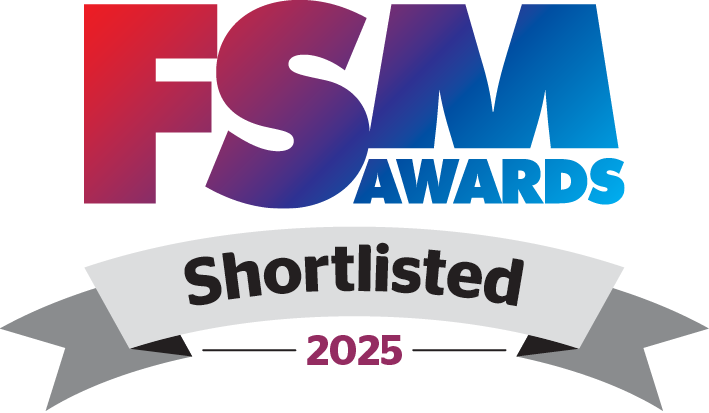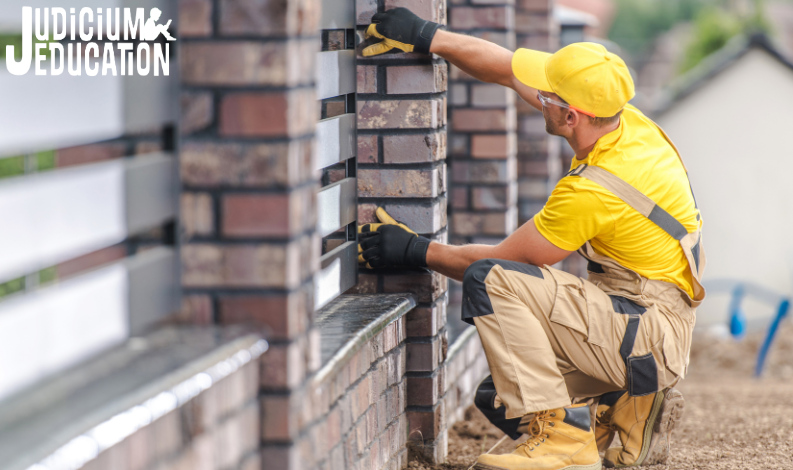Health & Safety: Fire Safety Compliance Essentials

This session focused on how the law applies to your school and fire risk assessments; policy requirements and staff responsibilities; training expectations and requirements for all staff; and preventative maintenance and testing.
How the Law Applies to Your School and Fire Risk Assessments
The Regulatory Reform (Fire Safety) Order RR(FS) requirements:
- A competent person to complete a fire risk assessment (FRA) to clearly evaluate the risks and the required control measures to manage those risks. NB: This is usually an external person with the relevant experience and qualifications to carry out the FRA.
- A responsible person in relation to a workplace is defined as the employer, if the workplace is to any extent under his control (usually the Trust, Board or Local Authority and the Headteacher). The responsible person ensures deficiencies identified in the fire risk assessment are resolved and fire compliance is achieved.
- Control measures in place to prevent fires from starting or the spread of smoke or flame.
- Control measures in place to ensure all occupants evacuate quickly and safely to a place of ultimate safety (Occupants meaning staff, pupils, visitors, and contractors).
Polls


Policy Requirements and Staff Responsibilities
All schools must have a fire safety policy in place that has:- Statement of intent on how you will comply with the RR(FS) Order
- Detailed sections for each level of responsibility to include:
- Employer/Proprietor/Trust/ LA if you are a community school
- Headteacher
- SBM/ Bursar
- Premises Manager
- Head Fire warden and trained fire wardens
- teaching staff
- students/pupils
- contractors (catering, cleaning and other work)
- Fire management arrangements in place including evacuation procedures and assisted evacuation (both general and personal evacuation plans), termly fire drills, maintenance arrangements and building information.
Training Expectations and Requirements for All Staff
Training should reflect the level of responsibility the member of staff has:
- All staff provided with fire safety training (e-learning is suitable) annually.
- Responsible person, Headteacher/SLT/Premises Manager, etc. must complete fire management training for detail on compliance responsibilities, maintenance requirements and legal responsibilities.
- Fire wardens have additional responsibilities that must be formalised with the provision of warden training for their role.
- Specialist training – any member of staff that are involved with specific hazards within the school, e.g. science, D&T, food technology, in-house catering teams may require further training.
Preventative Maintenance and Testing - Should it be Contracted or Kept In-house?
Local decisions can be made on some tasks whilst others require specialist contractors to complete preventative maintenance. Any duties that remain in-house will mean that the nominated staff should be provided with relevant training for that duty.
You can review what competencies you have within your teams and what capacity they have for routine testing etc.
Here is a list of checks and services and recommended timeframes:
Competent contractor servicing:
- 6-monthly Fire alarm and automatic detection systems
- Annual firefighting equipment
- Annual dry risers
- Annual fire dampers
- Annual fire curtains or shutter
- Annual suppression systems
- Annual fire hydrants
- 5-year structural survey of external escape stairs
NB: Remedial works to any of the above and emergency lighting systems require a competent contractor.
In-house testing and checks schools can do themselves and record in the fire logbook:
- Daily fire safety checks (Including escape routes/alarm panel/signage/fire doors),
- Weekly alarm and call point tests rotating across all MCPs
- Weekly firefighting equipment visual inspections
- Weekly fire door visual inspections (Closers, vision panels, hinges, seals)
- Weekly emergency voice communication system tests (Refuge points)
- Monthly emergency generator tests (Can be contractors)
- Monthly emergency light flick tests (Can be contractors)
- Monthly evacuation equipment checks
- 6-monthly visual inspection of dry risers (Can be contractors)
Key Points to Take Away:
-
Ensure the FRA is in place, valid and completed by a competent person.
-
Your school must have a ratified Fire Safety Policy.
-
Implement a training program that defines the different layers of staff and the types of training they will receive.
-
Keep on top of your school’s Preventative Maintenance Program.
To review Judicium’s forthcoming sofa sessions please click here.
Follow us on Twitter - @JudiciumEDU
Related content

Discover why Judicium has been shortlisted for Fire Safety Consultancy of the Year at the 2025 FSM Awards, recognising our expert support for schools and trusts in delivering sector-specific, compliant, and practical fire safety solutions.
.png)
This blog is based on Judicium’s Health and Safety ‘Sofa Session’ from the 12th of March, with our resident expert Mike Wright.

This blog is based on Judicium’s Health and Safety ‘Sofa Session’ from the 26th of February, with our resident expert Loretta Igbe.

This blog is based on Judicium’s Health and Safety ‘Sofa Session’ from the 8th of January, with our resident expert Jim Liddy.

This blog is based on Judicium’s Health and Safety ‘Sofa Session’ from the 6th of November, with our resident expert Isthar Pearce.
.png)
This blog is based on Judicium’s Health and Safety ‘Sofa Session’ from the 23rd of October, with our resident expert Andy Camroux.


H&S